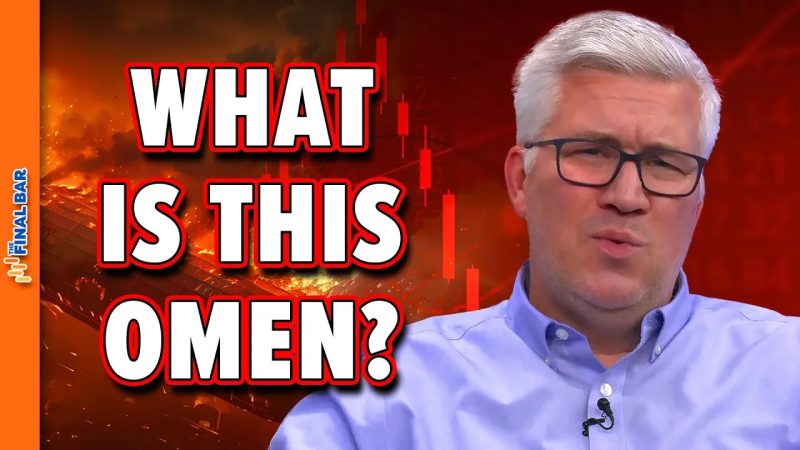The Hindenburg Omen: A Detailed Analysis
The Hindenburg Omen is a technical indicator named after the infamous 1937 Hindenburg disaster. It has gained significant attention in the world of stock market analysis due to its supposed ability to predict market crashes. But what exactly is the Hindenburg Omen, how does it work, and what are its implications for investors? Let’s delve into the truth behind this intriguing indicator.
What is the Hindenburg Omen?
The Hindenburg Omen is a complex technical signal that attempts to forecast market downturns by identifying potential market instability. It is based on several underlying criteria that need to be met simultaneously for the signal to trigger. Some of these criteria include the number of stocks hitting 52-week highs and lows, the overall market breadth, and the moving averages of major market indices.
Effects of the Hindenburg Omen
When the Hindenburg Omen is triggered, it is believed to signal a heightened probability of a stock market crash. Proponents of this indicator argue that when numerous conflicting trends within the market occur simultaneously, it creates a precarious situation that could lead to a significant downturn in stock prices.
However, it is essential to note that the Hindenburg Omen is not infallible and has been subject to skepticism within the financial community. Critics argue that the signal is based on arbitrary criteria and lacks a robust statistical foundation to support its predictive power. Furthermore, the rarity of the signal means that it may not always be a reliable indicator of market instability.
Duration and Reliability of the Hindenburg Omen
The duration of the Hindenburg Omen’s signal is also a matter of debate. Some analysts believe that once the signal is triggered, it could indicate an imminent crash within days or weeks. Others argue that the signal may lead to a prolonged period of market turbulence before any significant downturn materializes.
In terms of reliability, historical data on the effectiveness of the Hindenburg Omen is mixed. While there have been instances where the signal accurately predicted market declines, there have also been numerous false alarms where no crash occurred after the signal was triggered. This inconsistency has led many investors to question the practical value of the Hindenburg Omen as a market timing tool.
In conclusion, the Hindenburg Omen remains a controversial and enigmatic technical indicator in the realm of stock market analysis. While it has garnered attention for its potential to forecast market crashes, its reliability and effectiveness are still a subject of debate among experts. As with any technical signal, investors should exercise caution and consider a comprehensive range of indicators and analysis to make informed investment decisions.






















